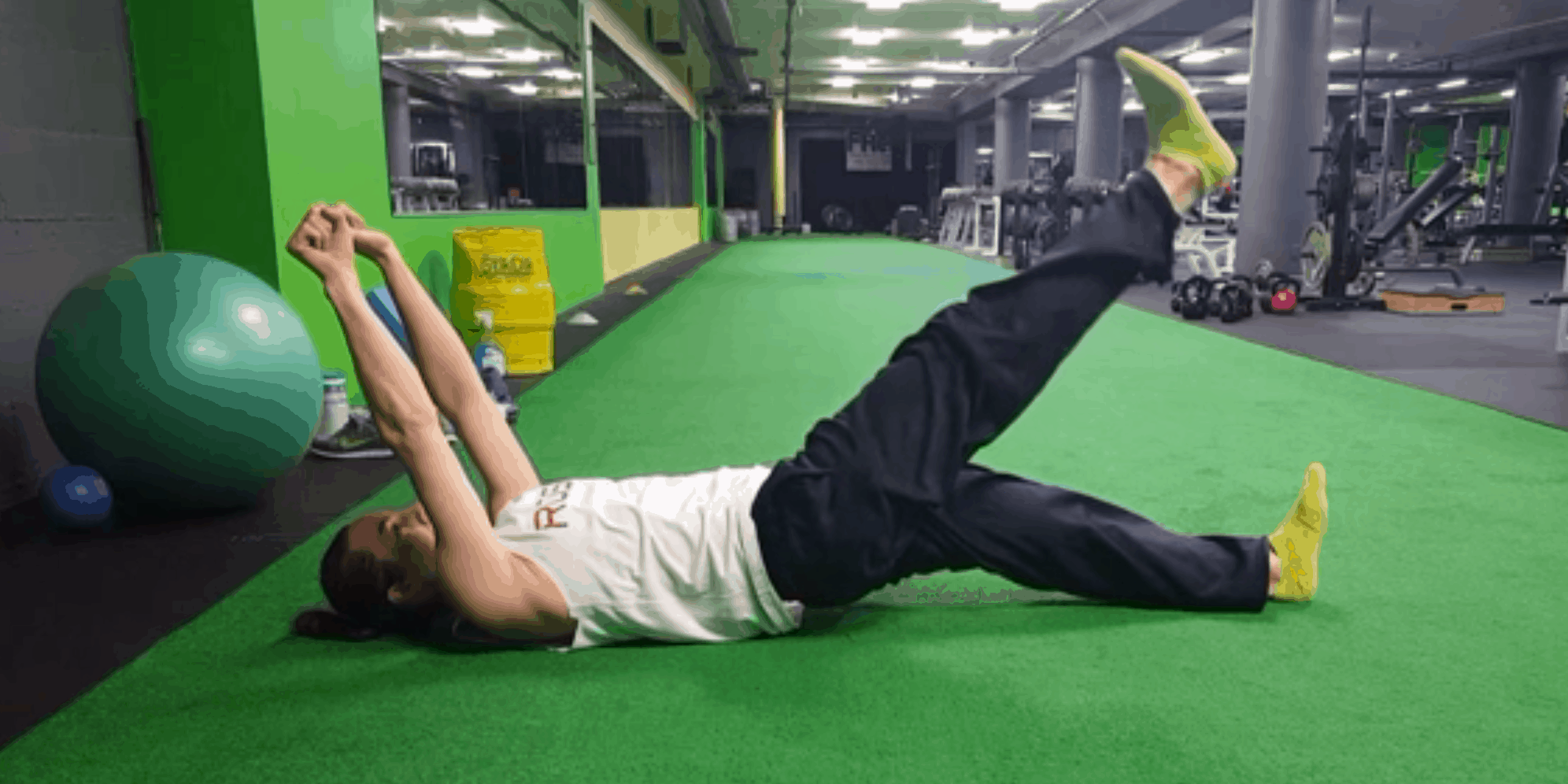
Challenging Hip Extension
Hip extension is a vital movement to both health and performance. Wellness wise, hips that can extend, coupled with an unstuck spine and pelvis that can naturally posteriorly tilt, means you likely don’t suffer from back pain. Power and speed come from hips that can coordinate load and drive movement through extension. A strong posterior chain is protective as much as it is athletic.
Hip extension has long been used as a common check point for those with lower back issues. Deadbugs test the abs and trunk coordination, followed by its invert, birddogs. From all fours, stability is tested by observing/ feeling whether or not the femur can move in its socket without unwanted assistance from the pelvis and lumbar spine. Can nothing else move but the leg?
I recently had a bout of low back stiffness that resided on the right side. Spinal movement was fluid, and I was consistently able to use my abs because of pelvic control. Traditional birddogs checked out just fine — I could perform the motion without compensation or pain. It wasn’t until I added load that I could find the telling discomfort I sought to unravel.
Function of the right hamstring in the long position was severely limited compared to the left. It is important to note that my left hamstring is a bit smaller and malformed, the result of a hamstring graft ACL reconstruction a decade ago. Smaller muscles shouldn’t be better at lifting/ stabilizing than larger, more robust muscles, unless of course there’s a neurological glitch happening.
Stretching wasn’t cutting it. I needed a challenging, novel movement to assist in the reset. The next two videos provided just the stimulus I needed to transfer low back tension into the hamstring:
Variable resistance. The ground leg has to work harder to stabilize the weight of the descending leg.
https://www.youtube.com/watch?v=zBKcUIpCh6Y
Barely start off the wall on this one and elevate the non-working leg into straight hip flexion, and it might just leave you wondering if you have any body control at all.
The back felt very little compared to the hamstring after these exercises.
Another way to get after a one-side only twinge is to add rotation into the equation. This twisting bent-leg bridge made my brain figure out some new stabilization solutions quite quickly:
Twisting to the right and lifting the left leg off the ground placed simultaneous mobility and stability demands on the right side of the trunk.
The ability to create moves that suit your particular needs and interests is dependent on self-knowledge. You cannot strategize to attack a foreign feeling unless you are in-tune with how your body feels in the first place. Problem solving is a skill like any other. It takes time and practice and cultivation. But it must start with self-belief. If solutions offered to you aren’t working, then perhaps your best bet at getting things right is to come up with something all on your own.
The following variations were all part of the process. They didn’t quite clear up my personal issue, but I now have new options to consider should I come across a specific roadblock in the future. They are categorized by individual sticking points:
Unable to initiate movement from the core
By lifting the hands and feet off the ground, the hips and shoulders must move through the grounded in-between.
A sliding foot requires leverage for movement to come from the core.
Cannot separate hip extension from lumbar extension/ anterior pelvic tilt
Lowering the body to the shins and forearms with shoulders and hips flexed leaves little room for anything other than the hip to lift the leg.
Difficulty finding the exact line or angle to contract and find release
The rare paring of extension and adduction, along with toe points and pulls, can help illuminate neglected fascial lines.
Trouble coordinating the pelvis with the actions of the lower body
Load is minimized when learning and speed is reduced to reinforce.
Fixating on one thing causes neglect of another. Look elsewhere. Look everywhere. Follow the feels. There are a million things to manipulate. Troubleshooting can be fun. I use these tags often and what they mean is simply this: play has a purpose. Personal exploration can give you insights you’d be unable to find anywhere else. The answer that eludes you might simply be the one you haven’t thought up yet.




This is a money post that should be titled, “How to fix your lower half.” lol I went through the exercises. I’m broke! Twisting bridge. Nope. Even simply elevating my butt off the ground with one leg taught me how crappy my extension was. Let alone lower the other leg. Ditto for single leg deadlifts.
I have some work ahead and very appreciative of the the “guide book” you put all the time into above. I’m almost finished a post on my blog about getting good at the pistol squat. I’m going to link over here as a missing piece.
Thank you.
Thanks very much for all the kind words, Ray. I do feel that hunting down weaknesses is a strength. I find that the most satisfying work comes in creating the next step and/or challenging what you can currently do. It’s how we evolve.
Hi Christina, I’m sure you remember me as your neighbor from across the street when you were growing up. Your mom had mentioned that you were into fitness in Oregon so I decided to look you up. I married a Kansas farmer, and now we are working farmers. I’m discovering I need to do something about the shape I’m in. So I’m looking at your videos and getting ideas. Love what you’re doing! Glad things are working out so well for you over there. Dawn
Hi Dawn! I do remember you. Glad the ideas are reaching you 🙂 Isn’t farm work pretty labor-heavy?